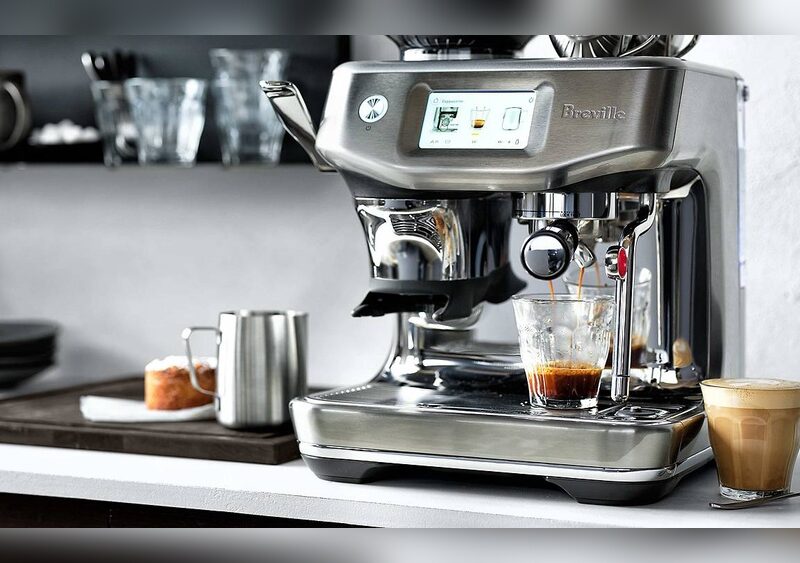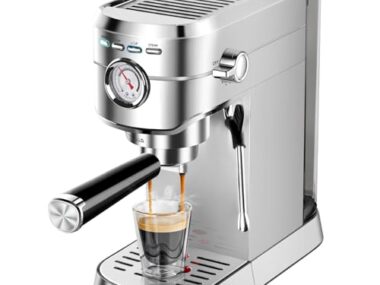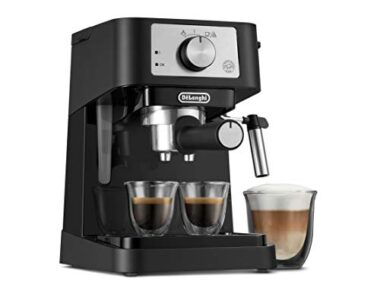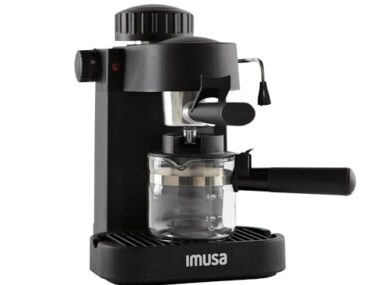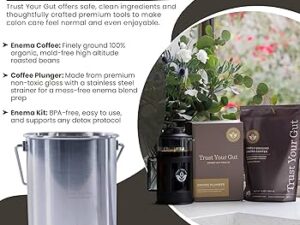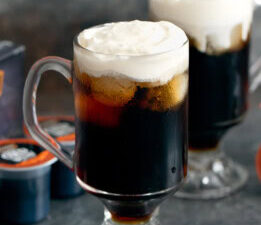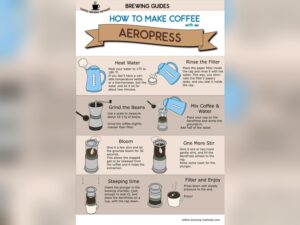Choosing the best espresso machine can feel overwhelming with so many options out there. You want rich, flavorful coffee every morning, but how do you find a machine that fits your needs and budget?
This guide will help you cut through the noise and make a choice that suits your taste and lifestyle perfectly. Keep reading to discover simple tips that will save you time, money, and frustration—so you can enjoy the perfect espresso at home every day.
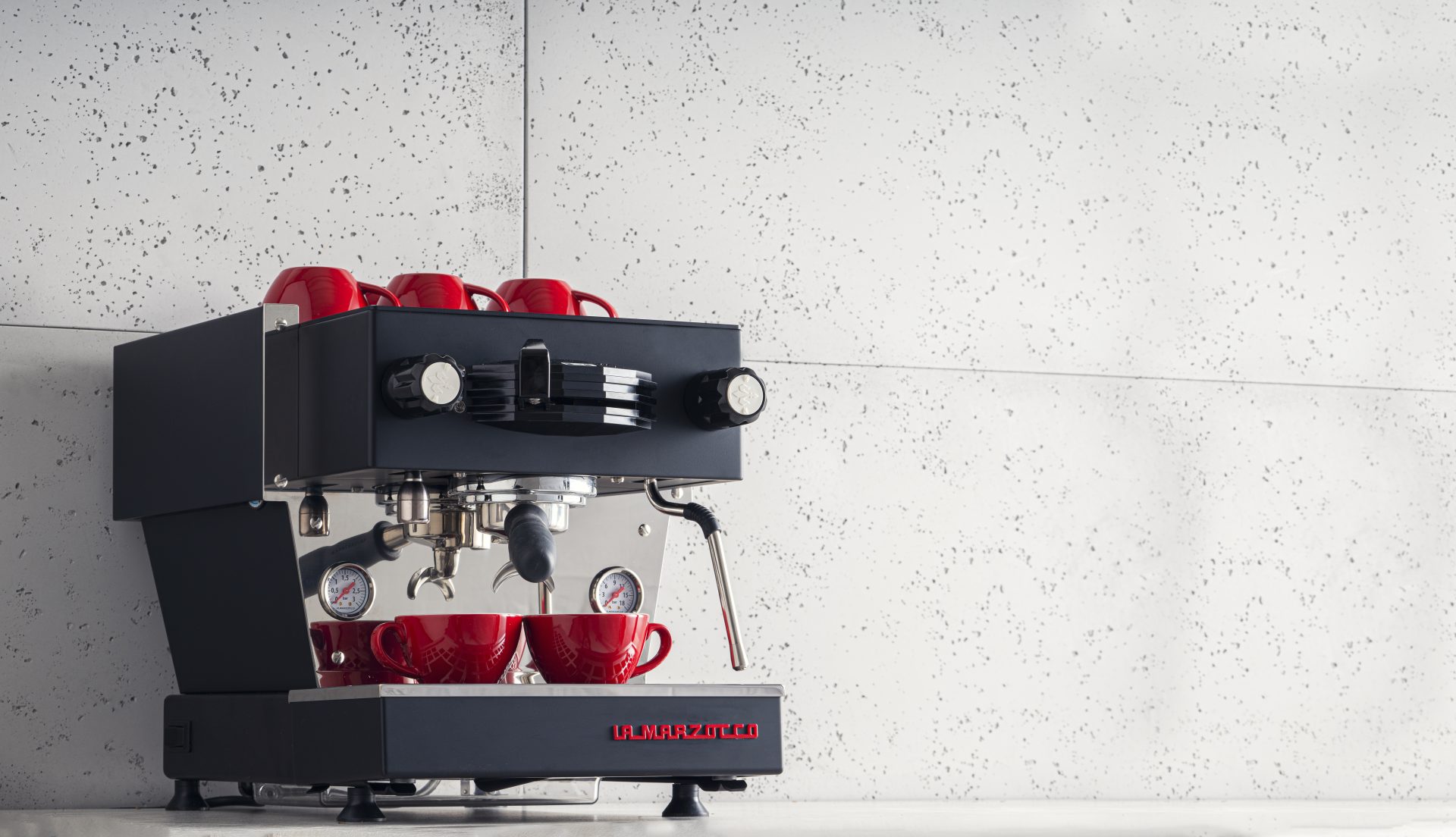
Credit: www.coffeedesk.com
Types Of Espresso Machines
Choosing the right espresso machine starts with understanding the types available. Each type offers different control levels and convenience. Your choice depends on your skill and how much effort you want to put in. Here is a simple guide to the main types of espresso machines.
Manual Machines
Manual machines give full control over brewing. You operate the lever to push water through coffee grounds. This process needs practice and skill. It offers the most hands-on experience. Perfect for those who enjoy crafting each cup carefully.
Semi-automatic Machines
Semi-automatic machines use an electric pump to push water. You control the start and stop of the flow. This type balances control and convenience. It suits users who want to adjust brewing time easily.
Automatic Machines
Automatic machines control water flow and volume. You just press a button to start. The machine stops automatically at the right time. This makes espresso brewing simple and consistent. Ideal for users preferring ease without losing quality.
Super-automatic Machines
Super-automatic machines do everything for you. Grinding, tamping, brewing, and even milk frothing are automatic. These machines save time and effort. Great for busy people wanting quick espresso with little work.
Key Features To Consider
Choosing the right espresso machine can make a big difference in your coffee experience. Key features affect the taste and ease of use. Focus on these important parts to find the best match for your needs.
Pressure And Pump Quality
Pressure is crucial for a rich espresso. Look for machines with 9 bars of pressure or more. A strong pump ensures consistent pressure during extraction. This creates a smooth and flavorful shot. Cheap pumps may cause weak or uneven espresso.
Boiler Type And Heating Time
The boiler heats the water for brewing. Single boilers take longer to heat but are budget-friendly. Dual boilers heat faster and allow brewing and steaming at once. Faster heating saves time and keeps coffee hot. Choose a boiler type that fits your daily routine.
Grinder Integration
Freshly ground coffee beans improve flavor. Some machines include built-in grinders. This saves space and simplifies the process. Adjustable grinders let you control the grind size. Consistent grind size helps extract the best taste. Consider integrated grinders for convenience.
Milk Frothing Capability
Milk frothing adds texture and creaminess to drinks. Machines with steam wands allow manual frothing for lattes and cappuccinos. Automatic frothers offer ease and speed. Check the frothing power and control options. Good frothing makes your coffee shop-style drinks at home.
Size And Design
Choosing the right espresso machine means thinking about size and design. These factors affect how well the machine fits your space and style. They also impact how easy it is to use and move the machine.
Counter Space Requirements
Measure the space where you want to place the machine. Some espresso machines are large and need a lot of room. Others are compact and fit small areas. Think about how much space you have for other kitchen items too.
Choose a machine that does not crowd your counter. Leave space for cups, coffee, and accessories. A good fit makes your kitchen look neat and organized.
Aesthetic Styles
Espresso machines come in many styles and colors. Some have a modern look with sleek lines. Others have a classic or vintage design. Pick a style that matches your kitchen decor.
The machine’s design should make you happy every time you see it. It becomes part of your kitchen’s personality. Simple designs often work well in any setting.
Portability
Think about how often you will move the machine. Some machines are heavy and stay in one place. Others are lightweight and easy to carry. Portable machines work well for small kitchens or travel.
Check if the machine has handles or a compact shape. Portability adds flexibility to your coffee routine. You can enjoy espresso in different rooms or take it with you.
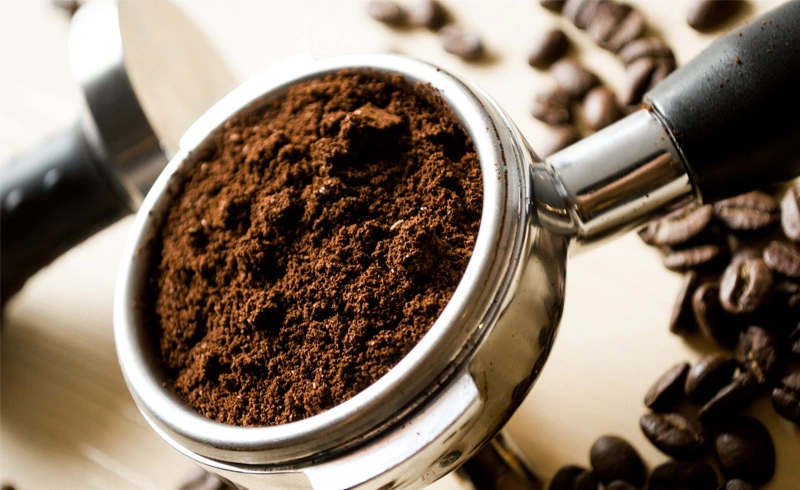
Credit: kaapimachines.com
Ease Of Use And Maintenance
Choosing an espresso machine that is easy to use and maintain saves time and effort. A simple machine lets you focus on making great coffee. Maintenance is key to keep your espresso tasting fresh and your machine working well. Consider how cleaning, controls, and build affect your daily routine.
Cleaning Processes
Cleaning should be quick and simple. Machines with removable parts make cleaning easier. Look for models with automatic cleaning cycles. This reduces the need for manual scrubbing. Avoid machines with many small parts that are hard to wash. Regular cleaning prevents coffee buildup and keeps flavors pure.
User Interface
Choose a machine with clear and simple controls. Buttons and dials should be easy to understand. Digital screens help but must be easy to read. Avoid complicated settings that slow you down. A good interface lets you make coffee fast and without mistakes. This is ideal for beginners and busy mornings.
Durability And Build Quality
Strong materials mean your machine lasts longer. Stainless steel parts resist rust and wear. Plastic parts should feel sturdy, not flimsy. A well-built machine handles daily use without breaking. Check customer reviews for common issues. Investing in durability reduces repair costs and stress.
Price And Budget Options
Choosing an espresso machine means balancing price with features. Machines come in many price ranges. Each has benefits depending on your budget and needs.
Knowing what to expect at each price point helps you pick the best machine for your coffee routine.
Entry-level Machines
Entry-level machines cost less but still make good espresso. They are simple to use and clean. These machines fit beginners and those on a tight budget. Expect basic controls and fewer settings. They work well for quick, easy coffee.
Mid-range Choices
Mid-range machines offer more features and better build quality. They include adjustable settings for temperature and pressure. These machines suit daily users who want more control. You get a balance of price and performance here. They often have better grinders and steam wands.
High-end Models
High-end machines come with advanced technology and durability. They offer precise control over every brewing step. These models suit coffee lovers who want café-quality espresso at home. Expect premium materials and long-lasting parts. High-end machines usually have larger water tanks and fast heat-up times.
Additional Accessories And Extras
Choosing an espresso machine involves more than just the main unit. Additional accessories and extras can improve your coffee experience. These items add convenience and help create better espresso drinks. Consider what tools and features come with the machine before buying.
Included Tools
Check what tools come with the espresso machine. Some models include a tamper, milk frother, or cleaning brush. These items save money and effort. A good tamper helps pack coffee grounds evenly. A quality frother creates creamy milk foam. Cleaning tools keep your machine working well longer.
Warranty And Support
A strong warranty protects your purchase. Look for machines with at least one year of coverage. Good customer support helps solve problems fast. Some brands offer phone or chat help. This support saves time and frustration. Knowing help is available adds peace of mind.
Compatibility With Coffee Types
Some machines work with different coffee types. Check if it handles whole beans, ground coffee, or pods. Machines that grind beans fresh offer better flavor. Pod machines make brewing quick and easy. Choose based on your coffee preference and routine.
Popular Brands And Models
Choosing the right espresso machine means knowing popular brands and models. These brands offer machines that suit different needs and budgets. Understanding what each brand offers helps in making a smart choice. Below are key brands and models that many coffee lovers trust.
Top Brands
Brands like Breville, De’Longhi, and Rancilio are known worldwide. They make machines with strong build quality and good features. Breville focuses on user-friendly designs. De’Longhi offers a mix of automatic and manual machines. Rancilio is famous for durable, professional-style espresso makers.
Customer Favorites
The Breville Barista Express is a favorite for beginners. It has a built-in grinder and easy controls. De’Longhi Magnifica is popular for its compact size and reliability. Many love the Rancilio Silvia for its powerful performance. These models get high ratings for taste and consistency.
Expert Recommendations
Experts often suggest machines with precise temperature control. They recommend brands that use quality materials. The Breville Barista Pro is praised for fast heating and digital display. De’Longhi Dedica is noted for its slim design and good pressure. Experts say investing in a good grinder improves espresso quality.

Credit: www.youtube.com
Frequently Asked Questions
What Features Matter Most In An Espresso Machine?
Key features include pressure consistency, temperature control, and build quality. A good machine also offers ease of use, durability, and easy cleaning for a great espresso experience.
How To Choose Between Manual And Automatic Espresso Machines?
Manual machines require skill but offer control. Automatic machines are user-friendly with consistent results. Choose based on your coffee expertise and convenience preferences.
What Is The Ideal Pressure For An Espresso Machine?
The ideal pressure is 9 bars. This pressure extracts rich flavor and crema, ensuring a perfect espresso shot every time.
How Important Is Temperature Control In Espresso Machines?
Temperature control is crucial. It ensures water heats to the optimal range of 195°F to 205°F, enhancing coffee flavor and preventing bitterness.
Conclusion
Choosing the best espresso machine takes some thought and care. Focus on what features matter most to you. Think about your budget and how often you will use it. Consider the machine’s size and ease of cleaning. Don’t forget to read reviews from other buyers.
This helps you avoid common problems. A good machine can make your coffee time better. Take your time and choose wisely. Enjoy fresh espresso every day. Simple steps lead to great coffee moments.
